Lissotriton vulgaris
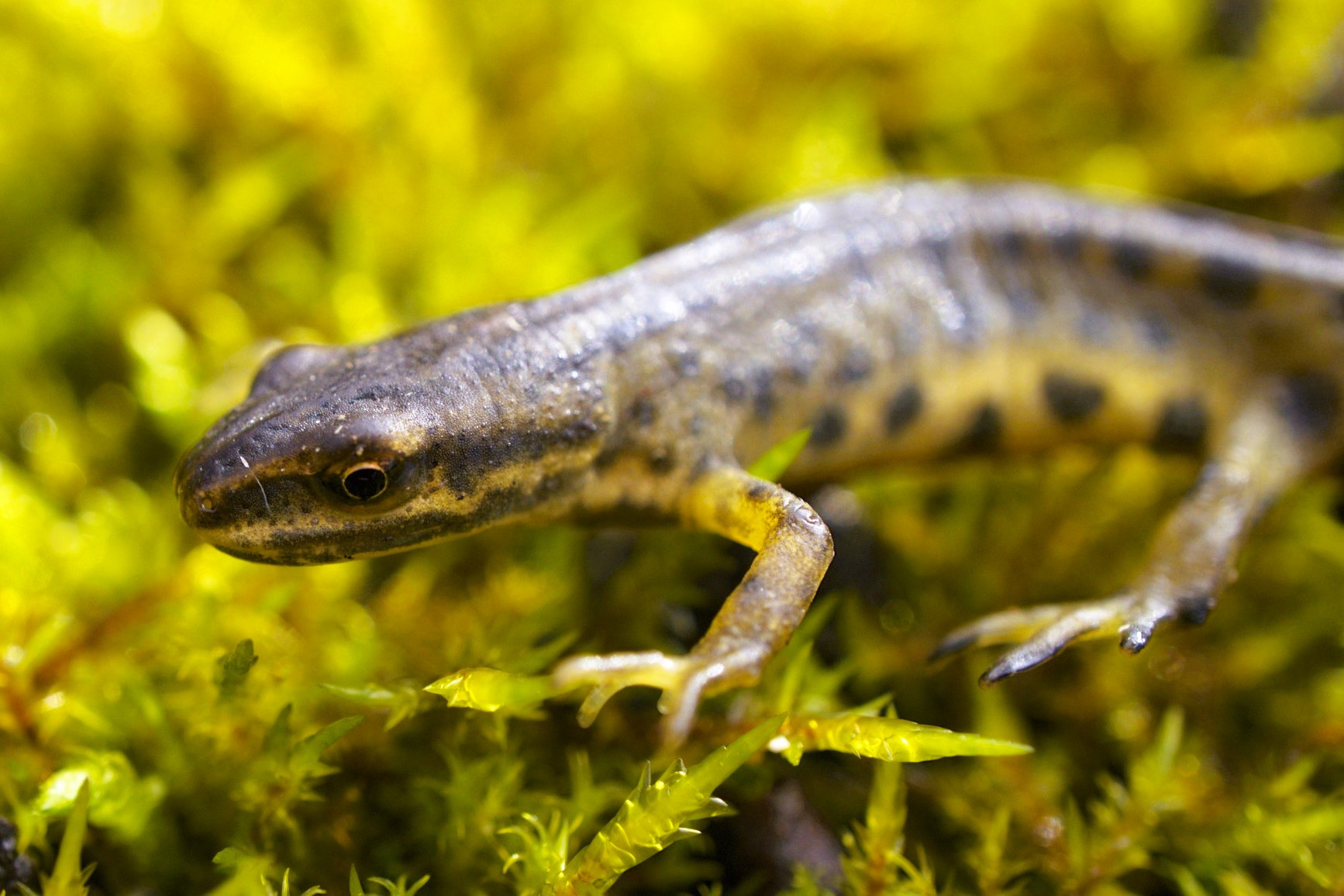

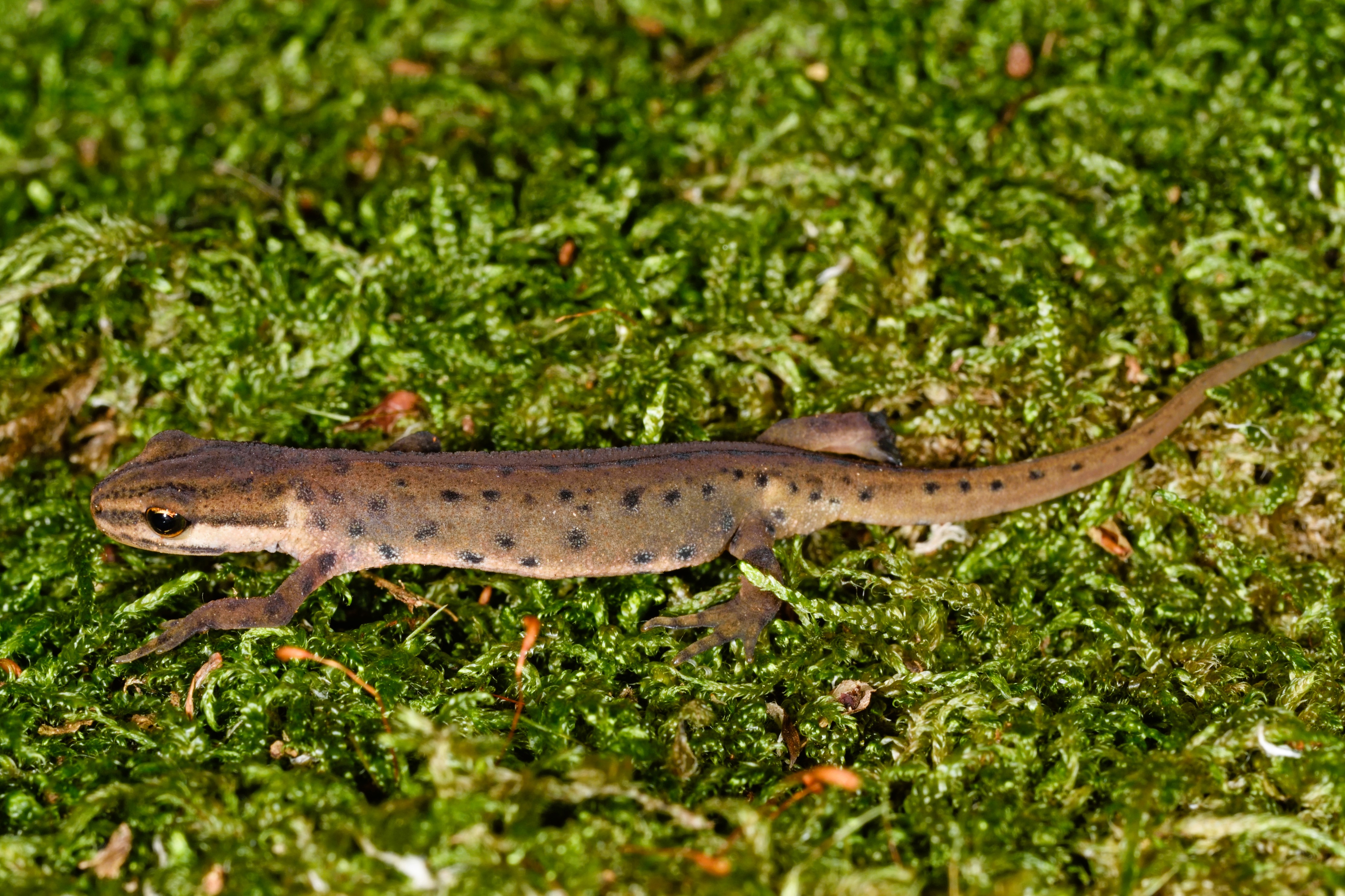
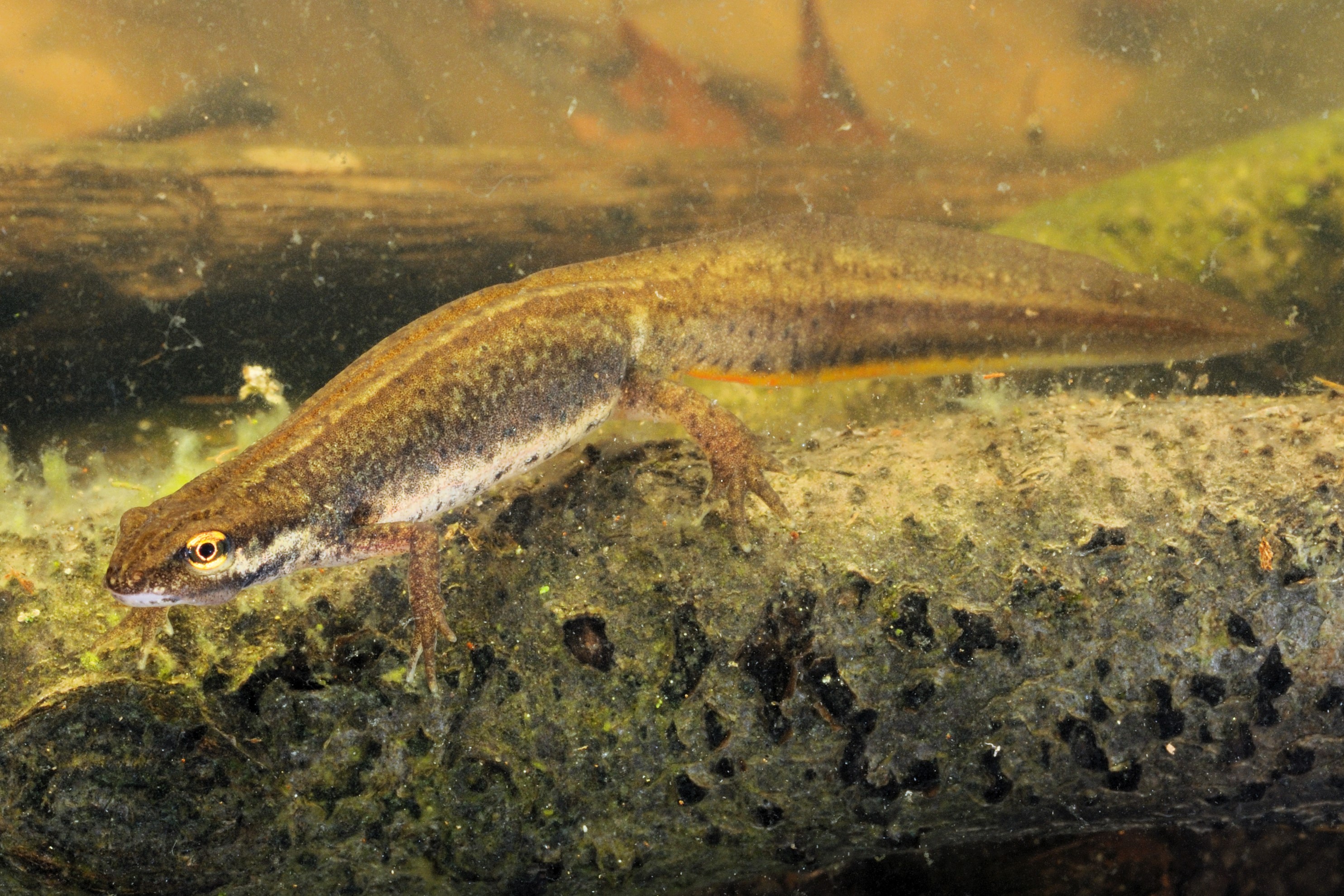
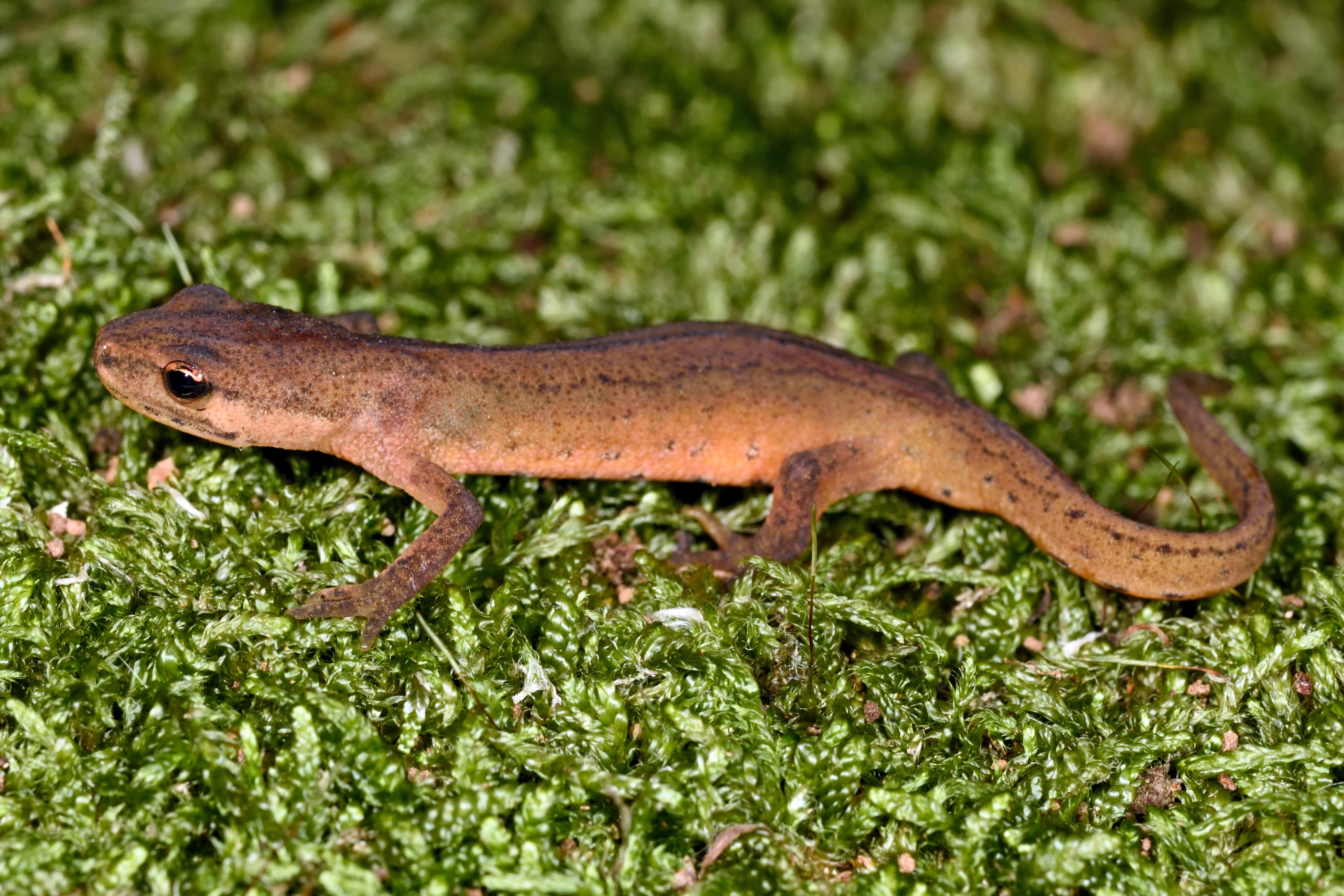

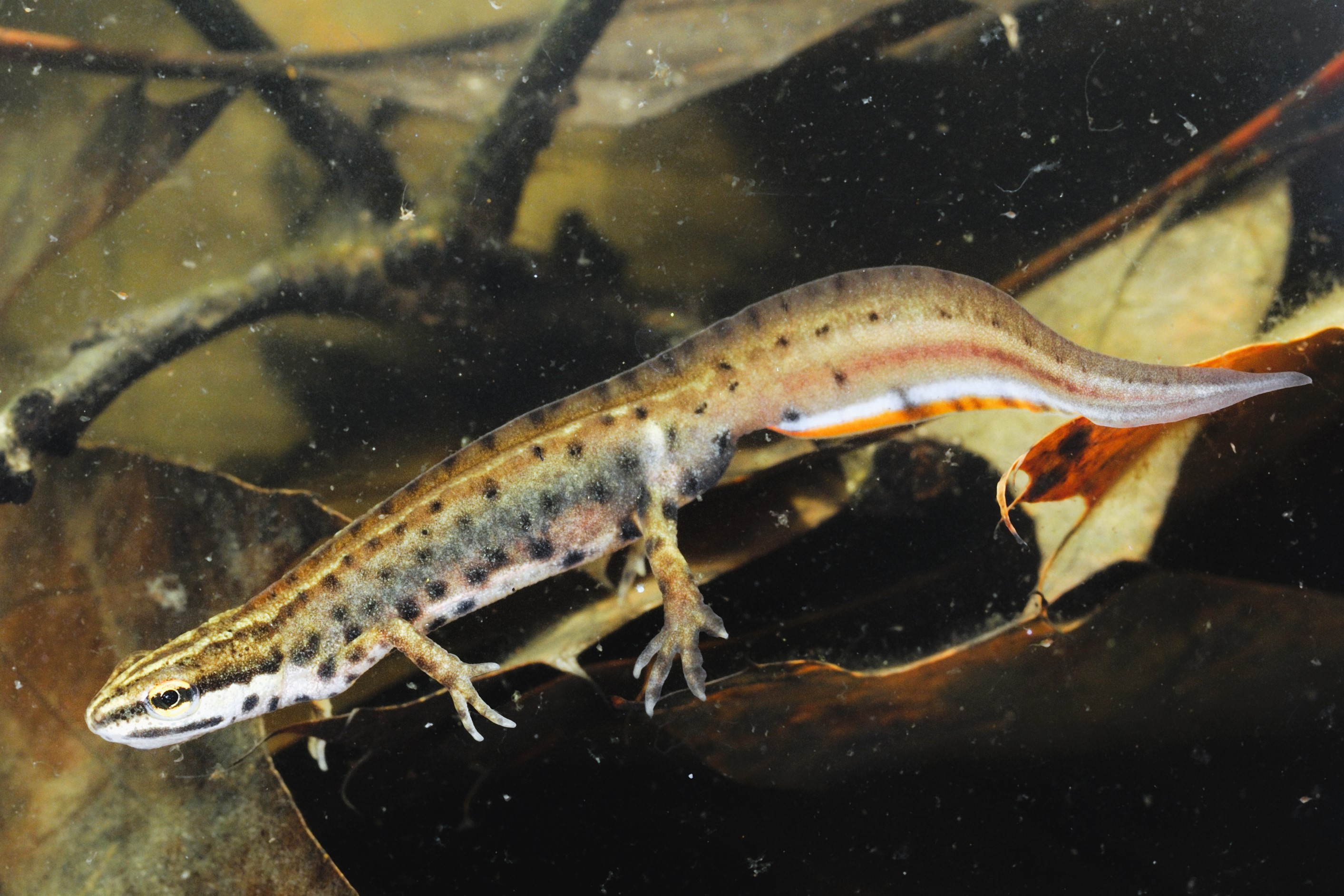
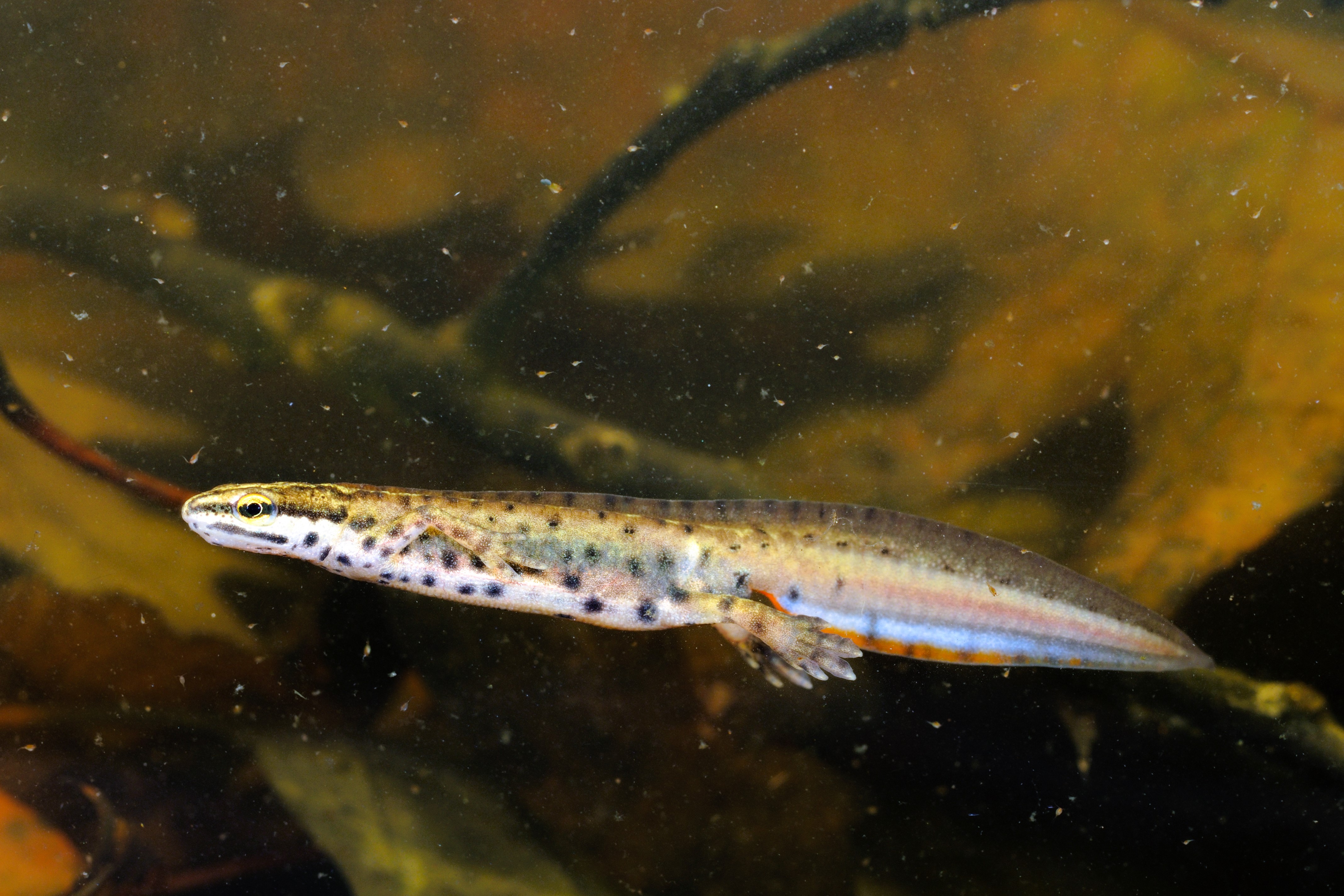
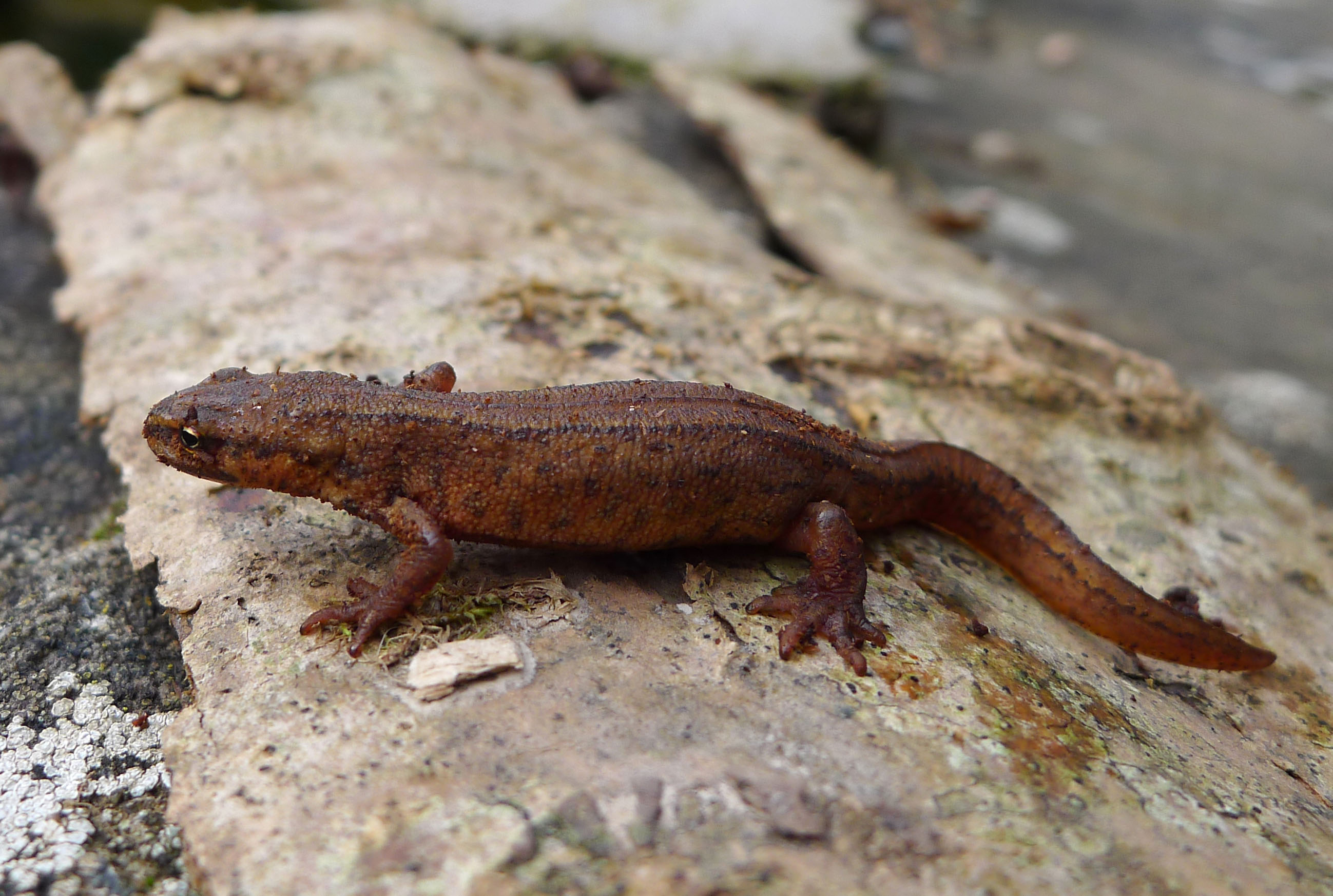

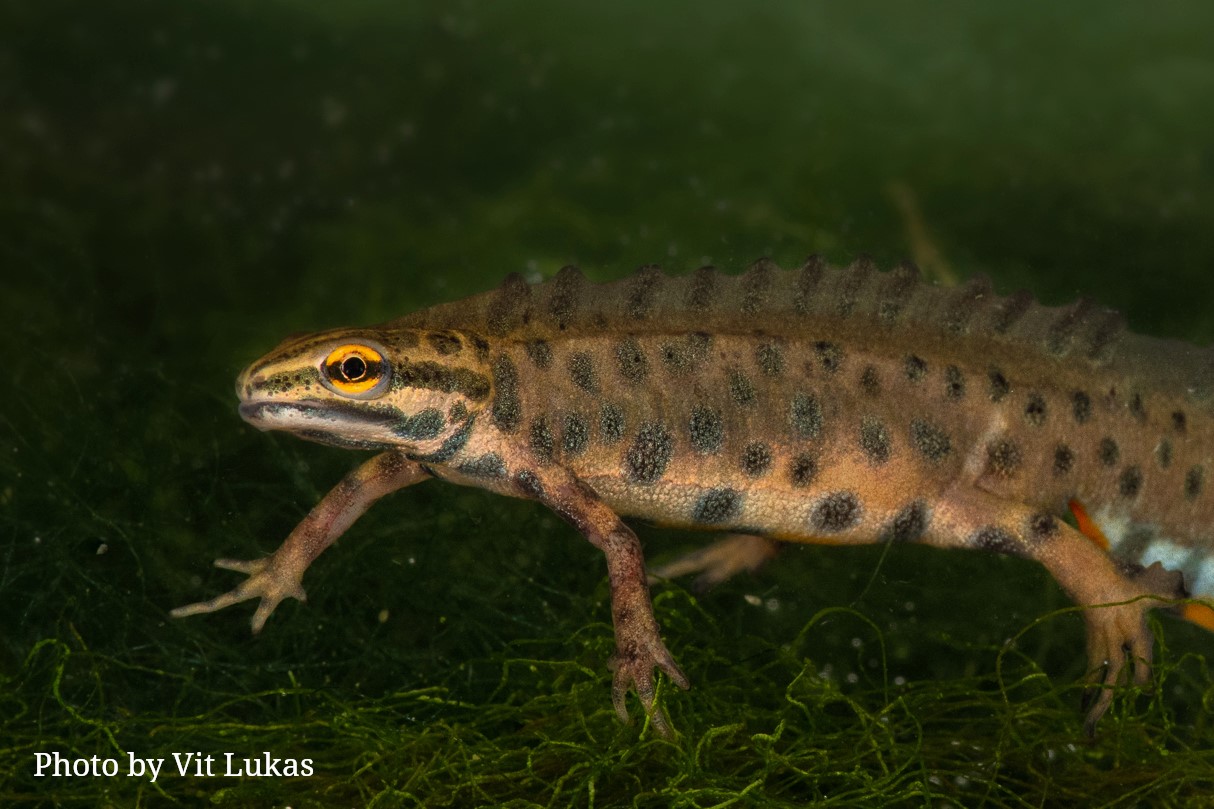
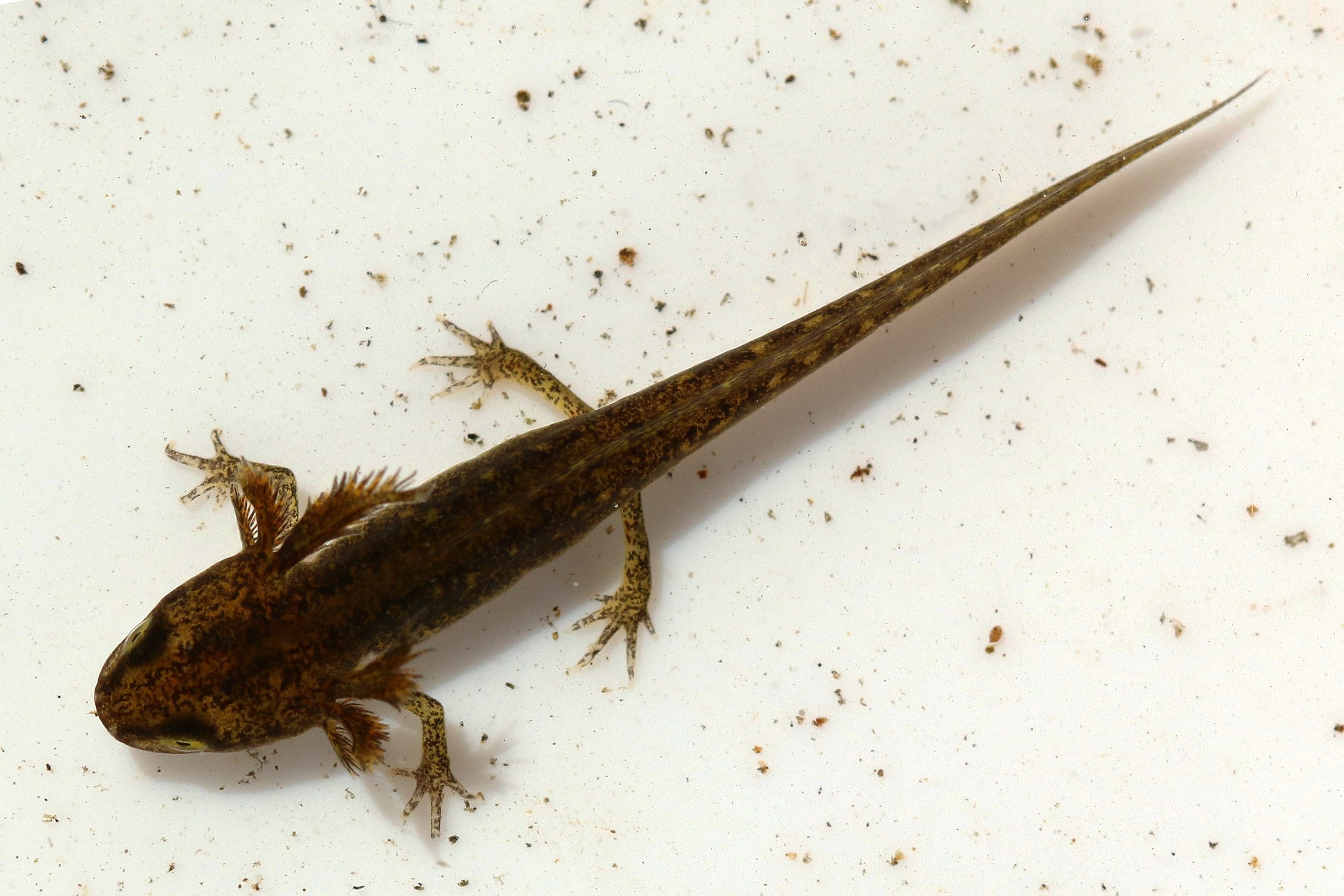
Amphibia → Urodela → Salamandroidea → Salamandridae → Lissotriton → Lissotriton vulgaris
Lüxertu d'aegua picin
The Smooth Newt ( Lissotriton vulgaris ) is a small urodeline amphibian with a slender body and a dominant brown-olive coloration, sometimes with greenish hues, adorned with numerous clearly distinct dark spots on the flanks and back.
Adult sizes generally range from 2.4 to 3.5 in (6–9 cm) in males and from 2.8 to 3.9 in (7–10 cm) in females.
Sexual dimorphism is especially evident during the breeding season, when males develop a prominent undulating dorsal crest, lobed hind toes, bright coloration, and very distinct spotting, with vibrant orange hues on belly and flanks.
Females, on the other hand, have a more uniform coloration and lack the crest.
Larvae, at birth, are about 0.24–0.28 in (6–7 mm) long and transparent yellowish in color.
The Smooth Newt ( Lissotriton vulgaris ) shows a fragmented distribution in western Liguria, with populations concentrated in hilly and lower mountain areas, generally between sea level and 2,625 ft (800 m) about sea level.
In the province of Savona it is mostly found in the remaining humid areas of the main valleys and rural environments that retain ponds, fountains, and natural or artificial pools.
Presence and population size are strongly influenced by the availability of bodies of water suitable for reproduction.
A species typical of humid environments, the Smooth Newt ( Lissotriton vulgaris ) prefers shallow temporary ponds, slow-flowing channels, fountains, water troughs, riparian wetlands, and small artificial basins, often rich in submerged vegetation.
In summer it tends to move away from drying waters, spending its terrestrial phase in cool, humid places under logs, stones, or among riparian vegetation.
The activity of the Smooth Newt ( Lissotriton vulgaris ) is mainly crepuscular and nocturnal.
It alternates an aquatic phase, coinciding with the breeding period (from February to May), with a terrestrial phase occupying the rest of the year.
During the breeding season, males actively court females with complex rituals that include undulating tail movements and nuptial displays.
Females lay 100–300 eggs, wrapping each one individually in aquatic vegetation; larval development generally takes 2–3 months.
Adults display shy and elusive behavior, quickly taking refuge among vegetation or on the bottom of ponds at the slightest sign of disturbance.
The diet of the Smooth Newt ( Lissotriton vulgaris ) varies according to life stage and surrounding environment:
The main threats to the Smooth Newt ( Lissotriton vulgaris ) in western Liguria are:
The Smooth Newt ( Lissotriton vulgaris ) is distinguished by:
The presence of the Smooth Newt ( Lissotriton vulgaris ) is considered an important ecological indicator for assessing the quality status of plain and hill aquatic ecosystems in western Liguria.
Numerous monitoring programs are underway to evaluate population trends and the impact of environmental changes.
For species conservation, the preservation and restoration of minor wetlands and the maintenance of a network of interconnected habitats are essential.
Raising local awareness about the ecological role of the Smooth Newt and the correct management of ponds and water troughs (avoiding the introduction of fish and the use of hazardous chemicals) is one of the main conservation strategies.